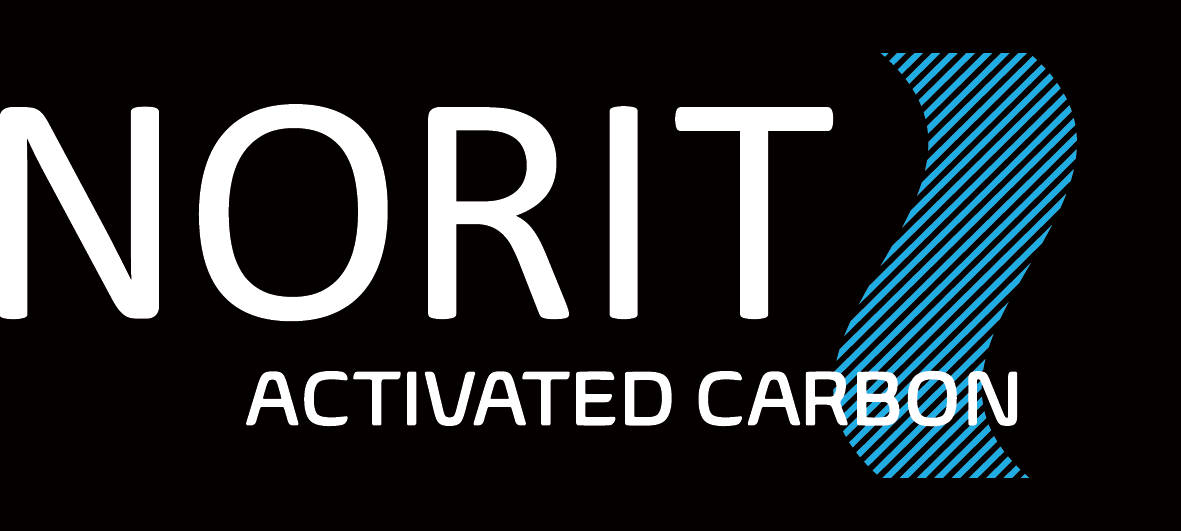Activated Carbons
Activated carbon: numerous types
Activated carbon is not one single product. In fact, there are hundreds of active carbon types and grades! We can distinguish:
Different shapes for different processes:
- Powdered activated carbons
- Granular (crushed and screened) and pellet (extruded) activated carbons
- Each in a variety of particle sizes
Different pore structures for different adsorptive properties:
- Types with different micro-, meso-, and macro-porosities
- Effective for different sizes of impurities, and also influencing adsorption kinetics
Different internal carbon surface structures, often leading to different:
- Chemical effects (electrostatic, chemisorption, and/or catalytic)
- Physical effects (hydrophilicity, adsorbate shape selectivity)
Different purities, with most common differences in:
- Overall ash content, and more importantly:
- Contents of traces of metal salts that might be released during the application, or influence adsorbed molecules that are to be recovered
Different physical / mechanical properties, with notably differences in:
- Filtration characteristics for powdered grades
- Pressure drop, backwash behavior, and durability for granular grades
This all results in large performance differences! With so many differences between grades, it is no surprise that in any application a well selected grade may perform very well – whereas a poorly chosen grade may have virtually no effect at all.
Production of various types
Activated carbons with different properties are produced using a variety of:
- Feedstocks
- Activation processes and process settings
- Other processes applied before or after the activation step
Many different main product groups are manufactured by various combinations of feedstocks and main processing. Product groups are characterized by terms such as ‘chemically activated, wood based powdered active carbon’ or ‘acid washed, steam activated, re-agglomerated, bituminous coal based, granular activated carbon’..
Furthermore, within each product group we find grades with different degrees of activation.
Production of NORIT® activated carbons
NORIT activated carbon products are made using a wide variety of feedstocks; most importantly:
- Various types of biomass – wood shavings, olive stones
- Carbonized biomass – coconut shell charcoal, wood charcoals
- Peats
- Coals – lignite, sub-bituminous coals, bituminous coals, semi-anthracite
And we apply a wide variety of processes, most importantly:
- Mechanical pre-treatments – briquetting / re-agglomeration, extrusion
- Chemical pre-treatments – pre-oxidation, carbonization, additives
- Activation – steam activation, chemical activation (with phosphoric acid)
- Chemical post-treatments – acid (and alkali) washing, impregnation, pH correction
- Mechanical post-treatments – crushing, sieving, milling, pelletizing
Our unique portfolio of more than 400 different grades is the result of this large variety in feedstocks and processes.
How may we help you?
Most of our products come from our own production facilities, and in our more than 100 years of production and application experience, we have come to know our products very well.
We are happy to help you select the best grade for your specific process, deploying our vast application know-how, and wide variety of mostly own-produced activated carbon products.

